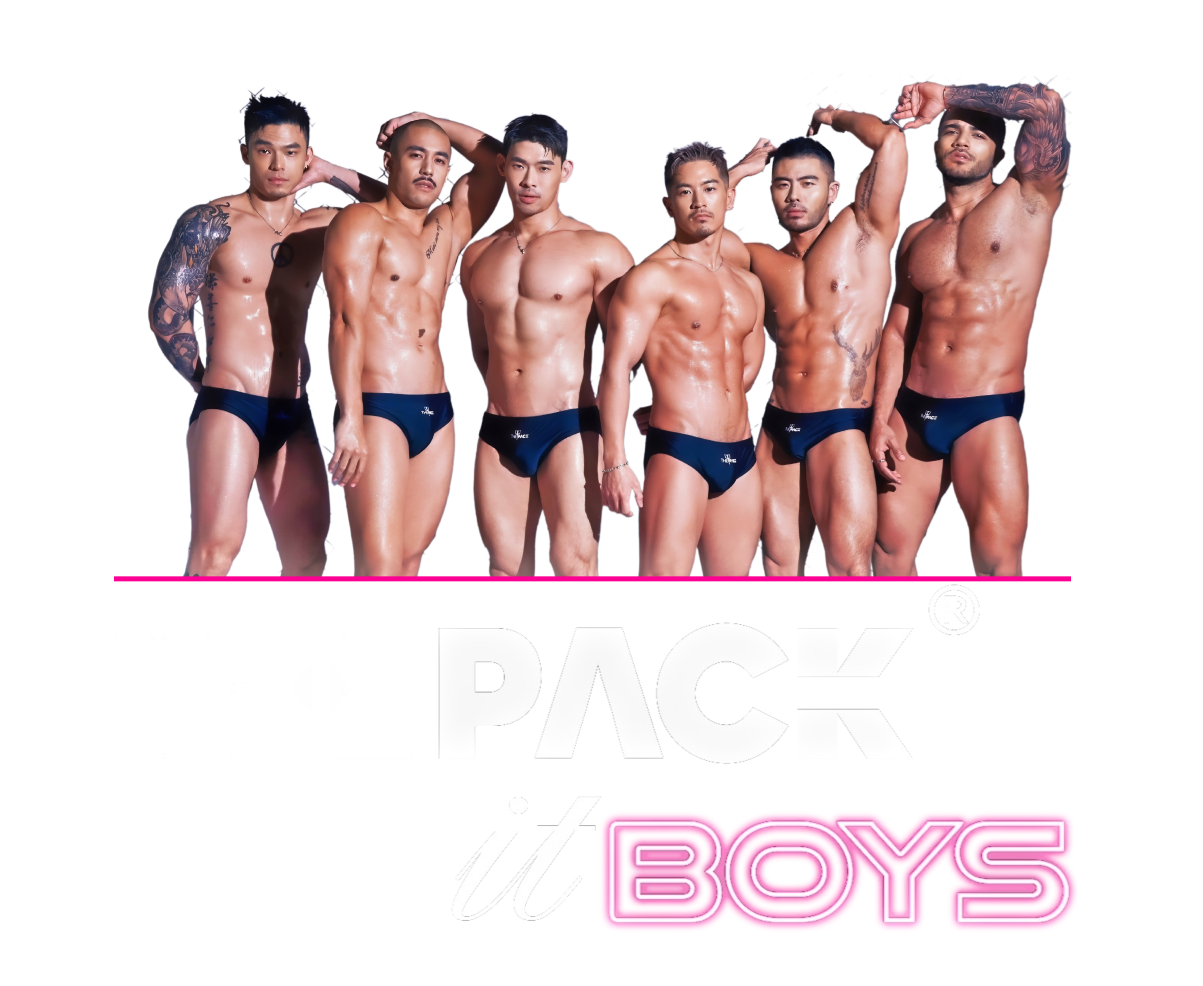Stock Take In Progress. Precision Matters.


Stock Take In Progress. Precision Matters.


Stock Take In Progress. Precision Matters.


Stock Take In Progress. Precision Matters.


Stock Take In Progress. Precision Matters.


Stock Take In Progress. Precision Matters.


WE'RE OFFLINE.
ON PURPOSE.
we're counting every last detail
we’ll be back in one week
sharper & fully loaded
The wait ends in
00D
:
00H
:
00M
:
00S
Until then get into
#thepackitboys #gogodancer #nightlife






